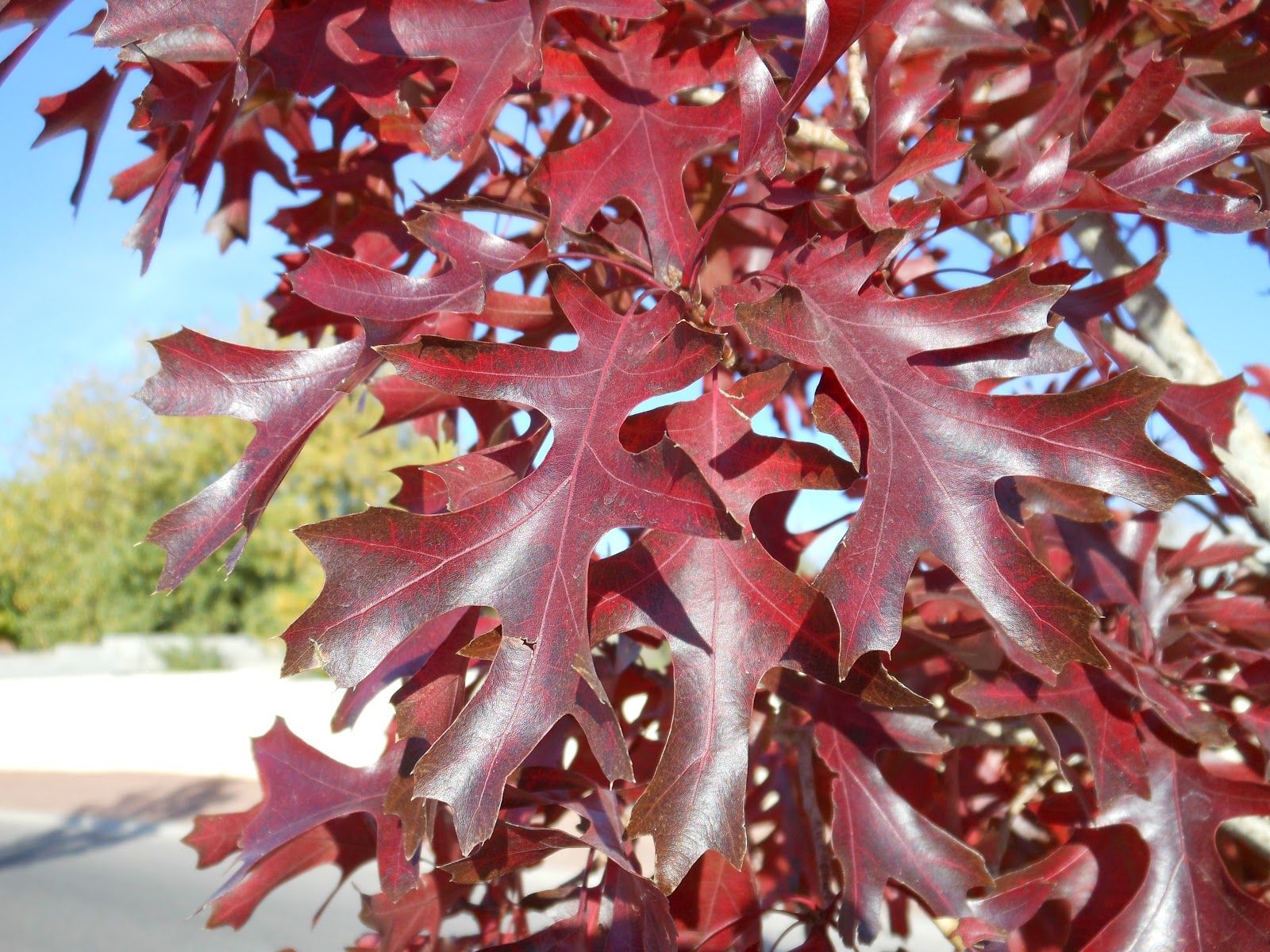
The Texas Red Oak, scientifically known as Quercus buckleyi, is a remarkable tree native to the southern United States. Its striking appearance, vibrant foliage, and ecological significance make it a beloved species in the region. From its distinctive red-brown bark to its ability to thrive in various soil types, the Texas Red Oak offers a wealth of natural beauty and practical benefits. Whether you're a nature enthusiast, a homeowner considering landscaping options, or a student eager to learn more about native flora, exploring the fascinating traits of the Texas Red Oak is a rewarding endeavor. In this article, we'll delve into 18 captivating facts about the Texas Red Oak, shedding light on its cultural, environmental, and horticultural significance. Join us on a journey through the unique characteristics and enduring allure of this iconic tree.
Key Takeaways:
- The Texas Red Oak is a tough, beautiful tree that provides shade, attracts wildlife, and symbolizes strength in Texas. It’s a vital part of the state’s natural heritage.
- The Texas Red Oak is a symbol of endurance and natural beauty in Texas. It’s loved for its vibrant red leaves, resilience to pests, and valuable wood.
It is a Drought-Tolerant Species
The Texas Red Oak is renowned for its resilience in arid conditions, making it a valuable addition to landscapes in regions with limited water resources.
The Leaves Turn Vibrant Shades of Red
During the fall season, the Texas Red Oak adorns itself with stunning foliage, showcasing vibrant shades of red that captivate onlookers with their natural beauty.
It Provides Ample Shade
With its broad, spreading canopy, the Texas Red Oak offers generous shade, making it a popular choice for parks, residential yards, and urban green spaces.
It Attracts Wildlife
The tree's acorns serve as a vital food source for various wildlife, including birds and small mammals, contributing to the local ecosystem's biodiversity.
It Exhibits a Symmetrical Growth Habit
The Texas Red Oak is prized for its symmetrical growth habit, which adds an aesthetically pleasing element to its overall appearance.
It Thrives in Various Soil Types
Adaptable to different soil compositions, the Texas Red Oak demonstrates robust growth in well-drained soils, including sandy, loamy, and clay-based substrates.
It Belongs to the Beech Family
As a member of the Fagaceae family, the Texas Red Oak shares its botanical lineage with other notable species, including beech and chestnut trees.
It Symbolizes Strength and Endurance
In Texan folklore, the Texas Red Oak is often associated with qualities of strength and endurance, embodying the spirit of resilience in the face of adversity.
It Is a Long-Lived Species
With proper care and favorable growing conditions, the Texas Red Oak can live for several decades, becoming a cherished part of the local landscape for generations.
It Is a Source of High-Quality Wood
The wood of the Texas Red Oak is prized for its durability and attractive grain patterns, making it a sought-after material for various woodworking applications.
It Is a Valued Shade Tree
Due to its expansive canopy and ability to thrive in urban environments, the Texas Red Oak is highly valued as a shade tree, providing relief from the scorching Texas sun.
It Is a Deciduous Tree
Like many temperate trees, the Texas Red Oak sheds its leaves in the autumn, preparing for the winter months before regenerating its foliage in the spring.
It Is Cultivated for Landscaping
Gardeners and landscapers frequently incorporate the Texas Red Oak into their designs, leveraging its ornamental and functional attributes to enhance outdoor spaces.
It Enhances Biodiversity
By supporting diverse wildlife and contributing to the ecological balance, the Texas Red Oak plays a crucial role in fostering biodiversity within its native habitat.
It Is Resilient to Pests and Diseases
The Texas Red Oak displays natural resistance to common pests and diseases, reducing the need for extensive chemical interventions in its cultivation.
It Is a Symbol of Natural Beauty
Embodying the essence of Texas's natural splendor, the Texas Red Oak stands as a symbol of beauty and vitality in the state's diverse landscapes.
It Is a Reflection of Texas Heritage
Deeply rooted in Texan heritage, the Texas Red Oak holds cultural significance, serving as a living testament to the state's rich botanical legacy.
It Is a Source of Inspiration
The majestic presence of the Texas Red Oak has inspired artists, writers, and nature enthusiasts, leaving an indelible mark on the creative tapestry of Texas.
The Texas Red Oak, with its striking appearance and ecological significance, continues to be a cherished emblem of Texas's natural heritage. Whether gracing urban parks, rural homesteads, or untamed woodlands, this resilient species stands as a testament to the enduring spirit of the Lone Star State.
Conclusion
In conclusion, the Texas red oak tree is a remarkable species that adds both beauty and ecological value to the landscapes it graces. With its stunning red foliage in the fall, sturdy wood, and adaptability to various soil types, it has become a beloved fixture in Texas and beyond. Whether providing shade, enhancing biodiversity, or simply standing as a symbol of resilience, the Texas red oak tree deserves recognition for its many virtues. By understanding and appreciating these 18 fascinating facts, we can foster a deeper connection to this magnificent tree and the natural world as a whole.
FAQs
What are the ideal growing conditions for Texas red oak trees?The Texas red oak thrives in well-drained soil and full sun, making it ideal for a variety of landscapes. It can tolerate drought conditions once established, making it a resilient choice for Texas and beyond.
How can I care for a Texas red oak tree on my property?Ensure the tree receives adequate water, especially during its early years, and consider mulching to retain moisture. Pruning should be minimal, focusing on dead or damaged branches to maintain the tree's natural form and health. Regular monitoring for pests and diseases is also recommended to ensure the tree's longevity and vitality.
Was this page helpful?
Our commitment to delivering trustworthy and engaging content is at the heart of what we do. Each fact on our site is contributed by real users like you, bringing a wealth of diverse insights and information. To ensure the highest standards of accuracy and reliability, our dedicated editors meticulously review each submission. This process guarantees that the facts we share are not only fascinating but also credible. Trust in our commitment to quality and authenticity as you explore and learn with us.


